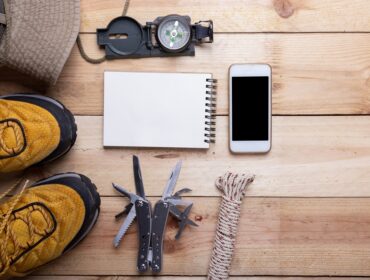Water is one of the most important things in the world. It is vital to our survival, needed to grow and prepare food, used for cleaning and, less seriously, enjoyed for recreation. Although it is a part of everyday life, water is not something that is on the forefront of your mind unless you are found without it.
Unfortunately, some communities around the world lack clean water sources. Even in developed countries, though, you may find yourself in need of clean water. Whether you are on an extended camping trip, experience an unexpected power outage or somehow end up lost in a deserted area, there is something you can do to ensure you have clean water to drink.

Constructing your own DIY water filter not only conveniently provides clean water — it also may save your life. An improvised water filter will improve the taste of and remove sediments or harmful contaminants from ground or lake water. The following steps explain how you can put together a charcoal water filter using everyday items.
You will need completely cooled, fresh (preferably) charcoal such as that from a camp fire or grill; a cylindrical container such as a bucket or two-liter soda bottle cut at one end; a large stone; and grass or sand.
1. Craft a funnel
To fashion your DIY charcoal water filter, you will need to craft a funnel to act as the filter. For this you can use a large leaf or strip of tree bark. If you are using a soda bottle, cut the top off and flip it upside down so that the bottle cap is pointing toward the bottom of the bottle. You will need to poke a hole in the bottle cap so that water can be filtered.
2. Add charcoal
Once you have your mechanism ready, use the stone to crush your charcoal then place it into the funnel. Next, pack sand or grass on top of the charcoal as this will aid the filtering process.
3. Filter the water
Finally, pour the ground or lake water into the funnel. The water will filter down into the container slowly.
Repeat this process until the water reaches the clarity you desire. For the most sterile results, boil the water a few minutes after you have filtered it to get rid of any remaining microscopic contaminants.
Featured Image from itman__47/Shutter Stock




